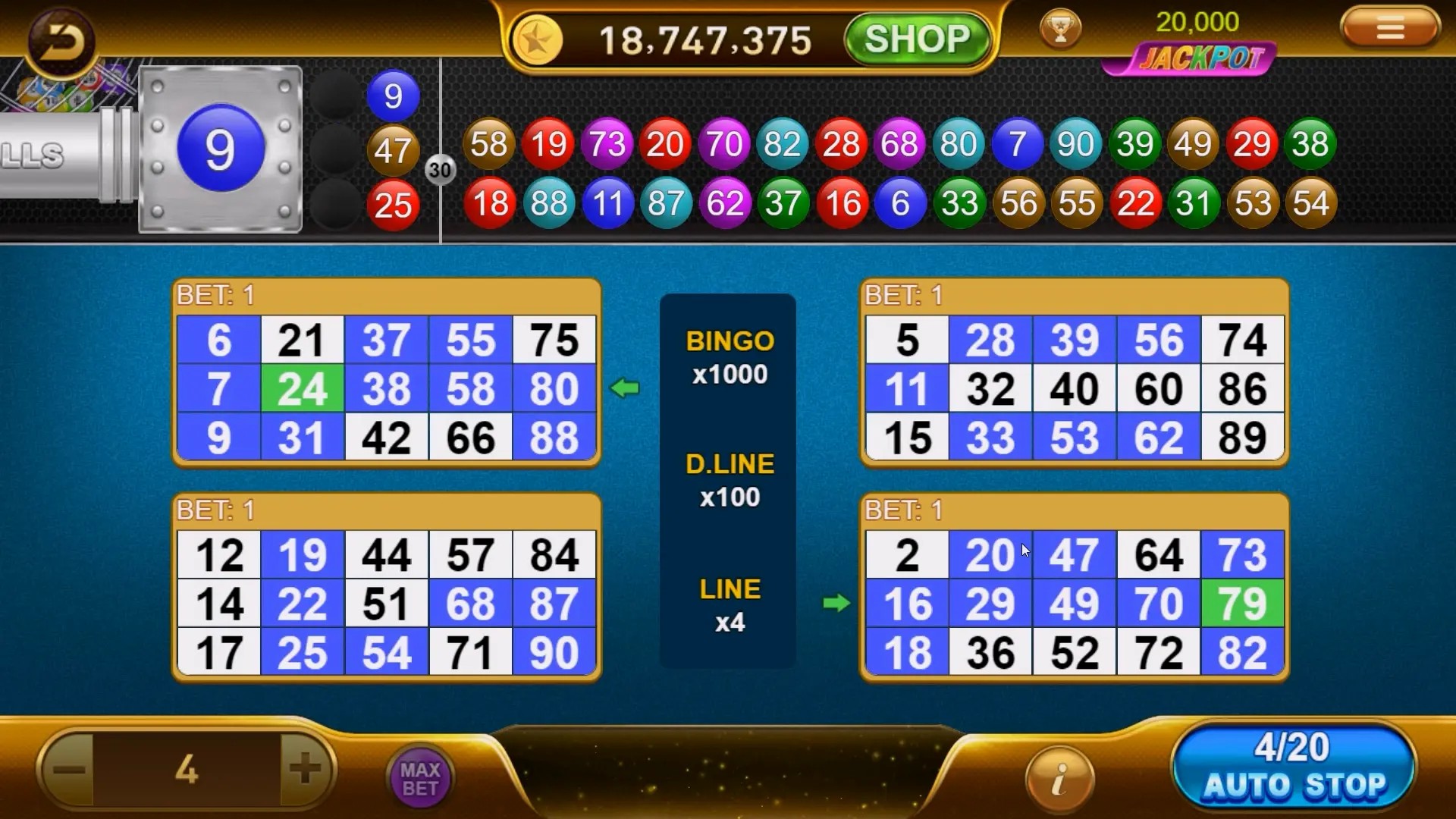Why Casual Games Are Revolutionizing the Way We Play: A Deep Dive into Their Popularity and Appeal
Introduction
Casual games have rapidly gained traction over the past decade, reshaping gaming from a niche hobby to a widespread form of entertainment. This article explores the factors contributing to the prevalence of casual games and profiles their diverse audience who engage with these easily accessible mediums. By conducting a thorough analysis of their appeal, we seek to understand why casual games are revolutionizing the way we play.
The Rise of Casual Games
Casual games are designed to be simple and easy to learn. They don't require long time commitments, making them perfect for anyone with a busy lifestyle. Popular titles like Candy Crush Saga and Among Us have shown that anyone can enjoy gaming, irrespective of their skill level. This shift isn't just about entertainment; it's redefined how we interact during moments of downtime.
What Exactly Constitutes Casual Games?
To put it simply, casual games are user-friendly. They are often characterized by:
- Short play sessions
- Minimal learning curve
- Accessible platforms (smartphones, tablets)
- Ad-based revenue models
- A wide range of genres (puzzle, simulation, arcade)
The Allure of Accessibility
One reason for the increasing interest in casual games is their accessibility. Many of these games are free to play; they can be downloaded on mobile devices with just a few clicks. Let’s look at a table detailing some of the most accessible casual games available today:
| Game Title | Platform | Rating |
|---|---|---|
| Candy Crush Saga | iOS, Android, and Facebook | 4.8 |
| Among Us | iOS, Android, and PC | 4.5 |
| Temple Run | iOS and Android | 4.6 |
Emotional Connection and Social Interaction
Casual games often tap into the players’ emotions. They create a unique social environment, allowing players to connect with friends or even strangers. Features such as leaderboards, multiplayer options, and social media integration enhance a sense of community. These aspects turn casual gaming into not just a solitary activity, but a communal one.
Variety and Diversity of Genres
The variety of genres within the casual gaming space is another appealing factor. Players can find everything from cooking simulators—like "Go Cook" which employs a fun potato peeler mechanic—to puzzle games and interactive storytelling. This prime diversity caters to countless preferences and demographics.
Monetization Strategies
Another layer to casual games is their monetization strategies, which typically include:
- In-app purchases
- Ad-based revenues
- Subscription models
These strategies not only present barriers for dedicated gamers but allow casual players to enjoy the content without significant investment.
The Role of EA Sports FC Mobile Redeem Code
In the broader spectrum of casual gaming, franchises like EA Sports and their mobile offerings have sparked innovative game codes and rewards mechanics. Players can obtain special items, enhancing gameplay while engaging more deeply within the casual gaming community. This creates an incentive to play while fostering loyalty among users.
Global Reach and Cultural Impact
Casual games have transcended borders. In Bangladesh, for instance, mobile games have found a rich player base that reflects localized preferences and cultures. The ease of internet connectivity coupled with affordable smartphones empowers more individuals to jump into gaming despite economic limitations. Casual games are crafted to fit into players' lifestyles and resonate with their cultural themes.
Casual Games and Mental Well-being
It's noteworthy that casual games often offer therapeutic benefits. They allow users to relax and decompress from daily stresses. In many ways, playing these games mimics the art of mindfulness. A simple, engaging puzzle can lift one's mood, providing a momentary escape worthy of consideration.
Challenges Ahead
Despite their successes, casual games face challenges. The market is becoming saturated, leading to oversaturation. Developers must constantly innovate to keep players engaged. There’s also competition from traditional gaming platforms, which offer richer narratives and graphics.
Future of Casual Gaming
Looking ahead, the future of casual gaming appears bright. As technology continues to advance and the gaming community evolves, innovations like augmented reality (AR) and virtual reality (VR) will offer new possibilities. Expect to see casual games integrating with these technologies, expanding their creative horizons.
Conclusion
Casual games are not merely a trend; they symbolize a paradigm shift in how we play and interact. Their accessibility, emotional connection, diverse genres, and global reach all contribute to their rising popularity. As we forge into the future, these games hold immense potential to captivate even broader audiences. Understanding their impact allows players and developers alike to appreciate the revolutionary nature of casual gaming in reshaping our leisure time.



